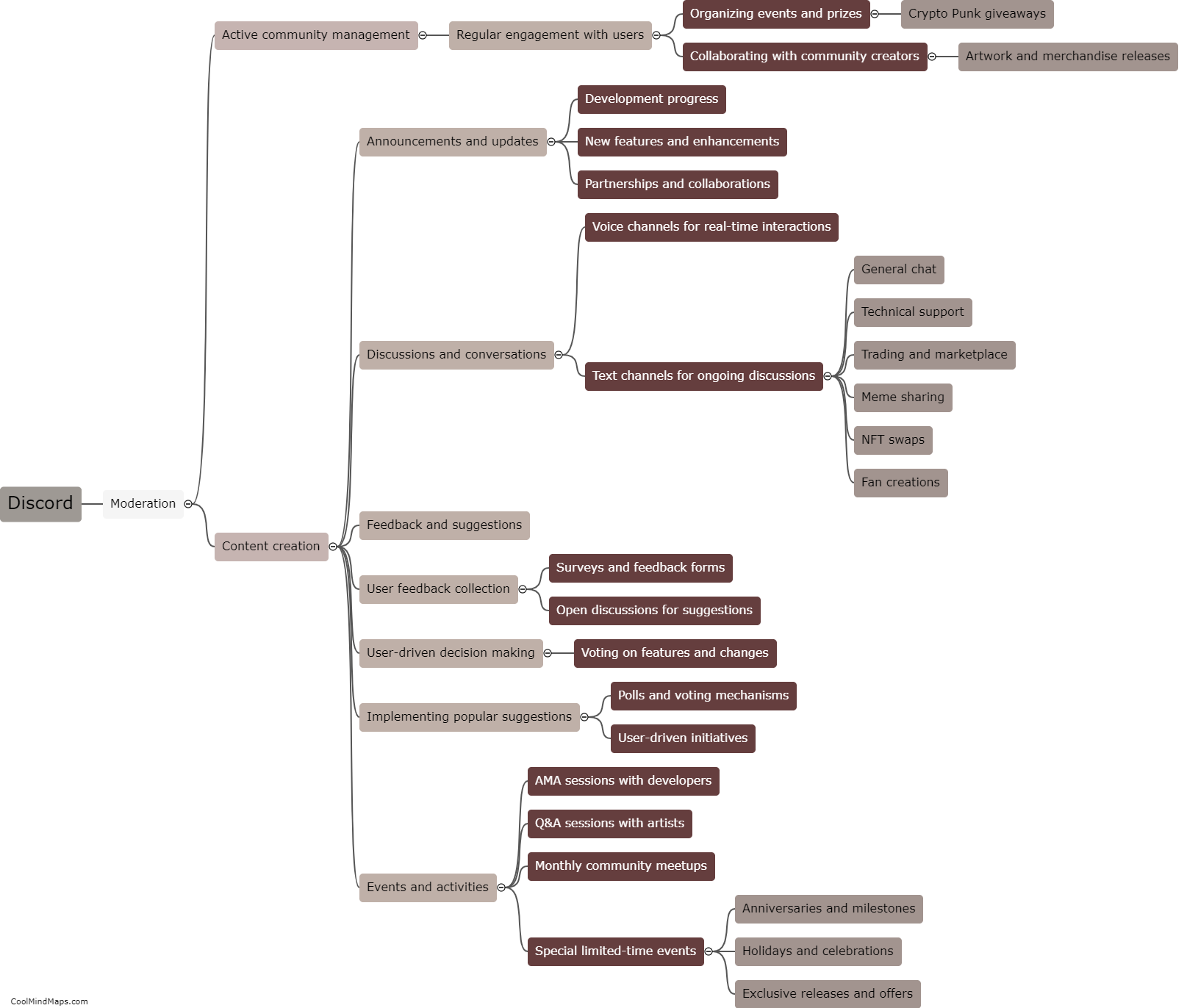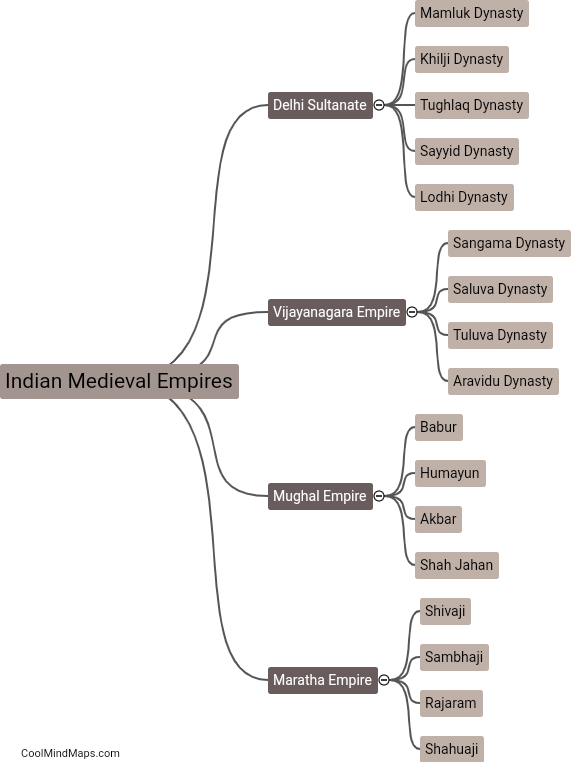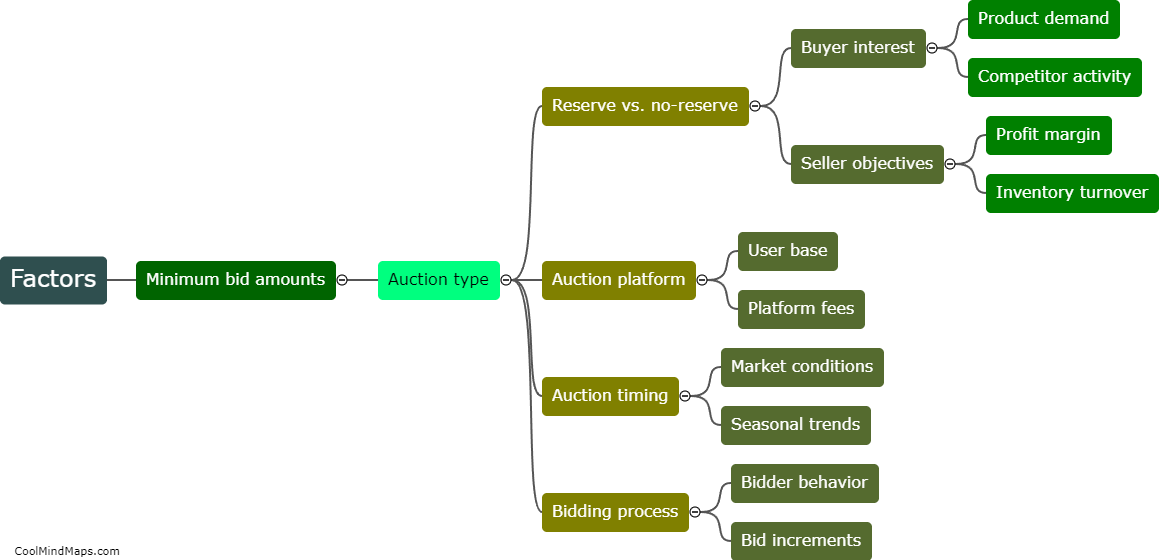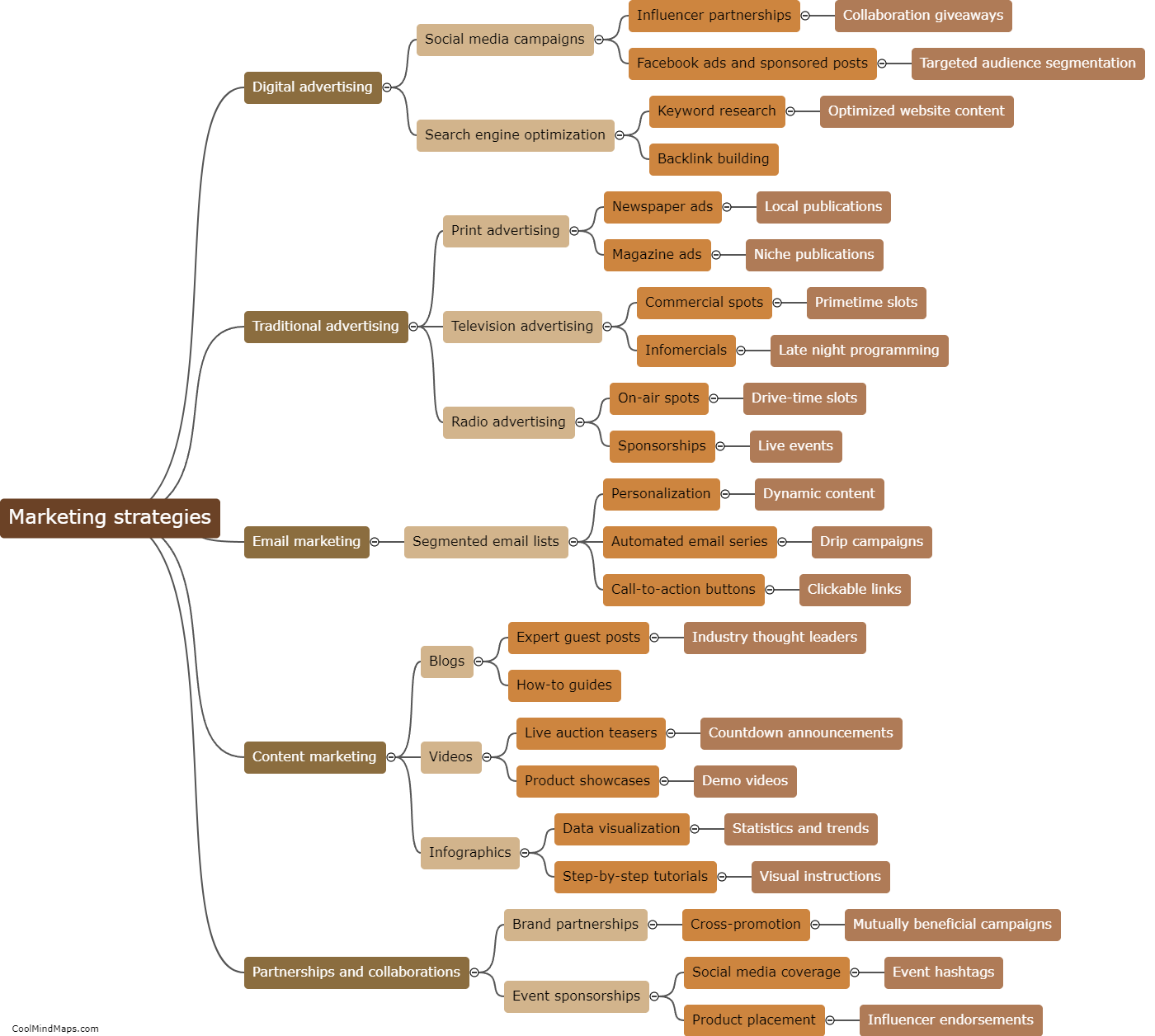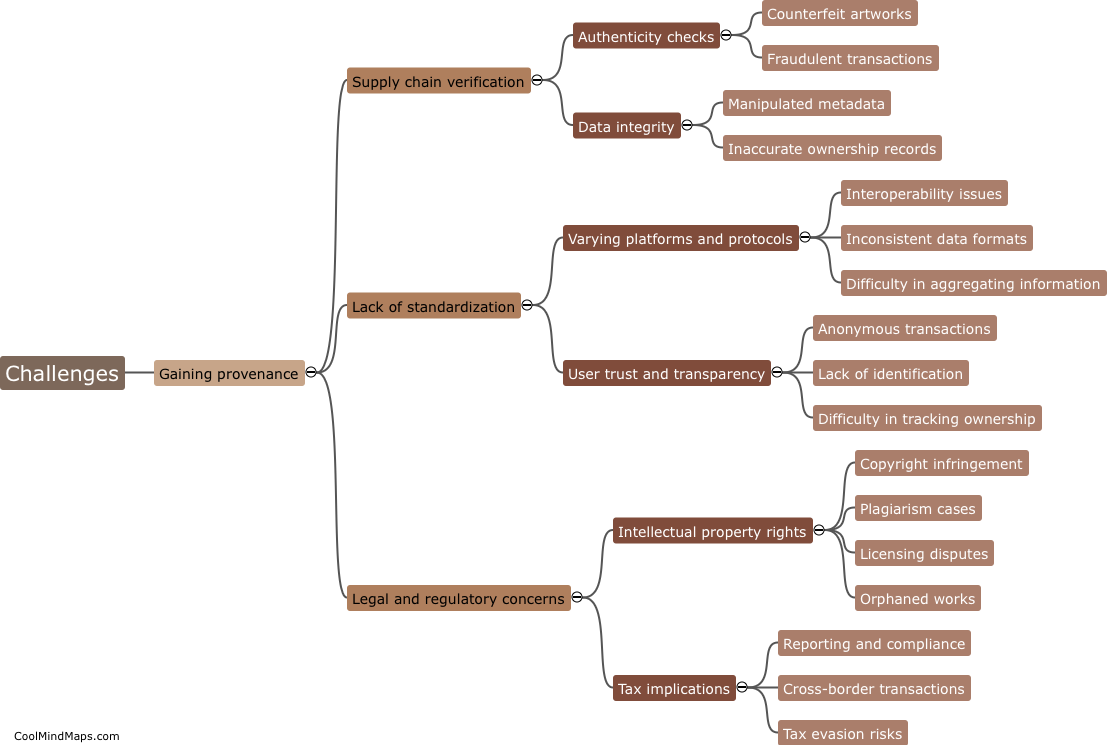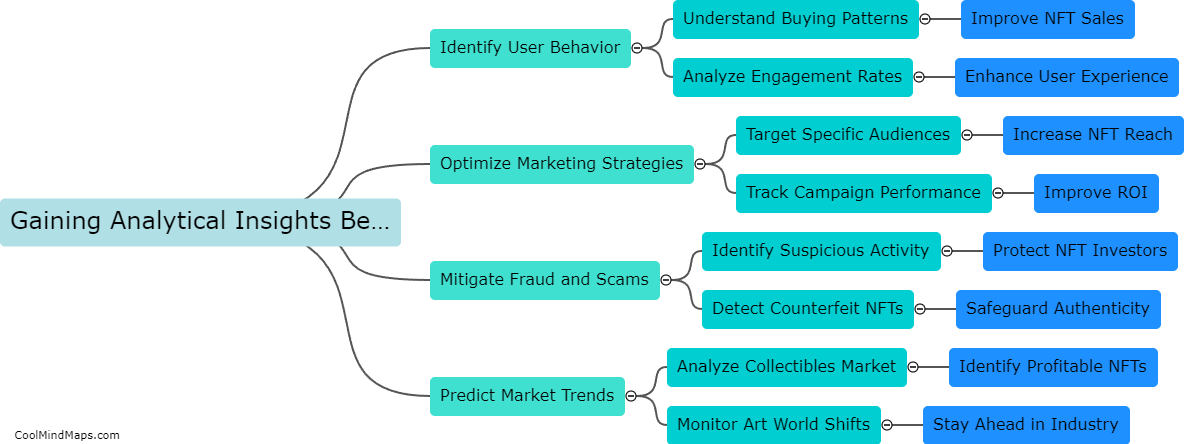How can provenance be established in NFTs?
Provenance in the context of Non-Fungible Tokens (NFTs) refers to the ability to establish the origin, authenticity, and ownership history of a particular digital asset. Establishing provenance is crucial in the NFT space to ensure the legitimacy and value of these unique digital items. Several methods can be used to establish provenance in NFTs. Firstly, blockchain technology is utilized to record and verify transactions, ensuring transparency throughout the asset's lifecycle. Additionally, artists and creators can include unique identifiers or cryptographic signatures in their NFTs, providing a verifiable link between the artwork and the artist. This can be achieved through the use of digital certificates or other metadata attached to the NFT. Furthermore, platforms and marketplaces that host NFTs often maintain detailed transaction histories and ownership transfers, allowing users to track the provenance of an NFT from its creation to its current owner. Overall, the combination of blockchain technology, unique identifiers, and transparent transaction records enables the establishment of provenance in NFTs, ensuring trust and value within the digital art and collectibles market.
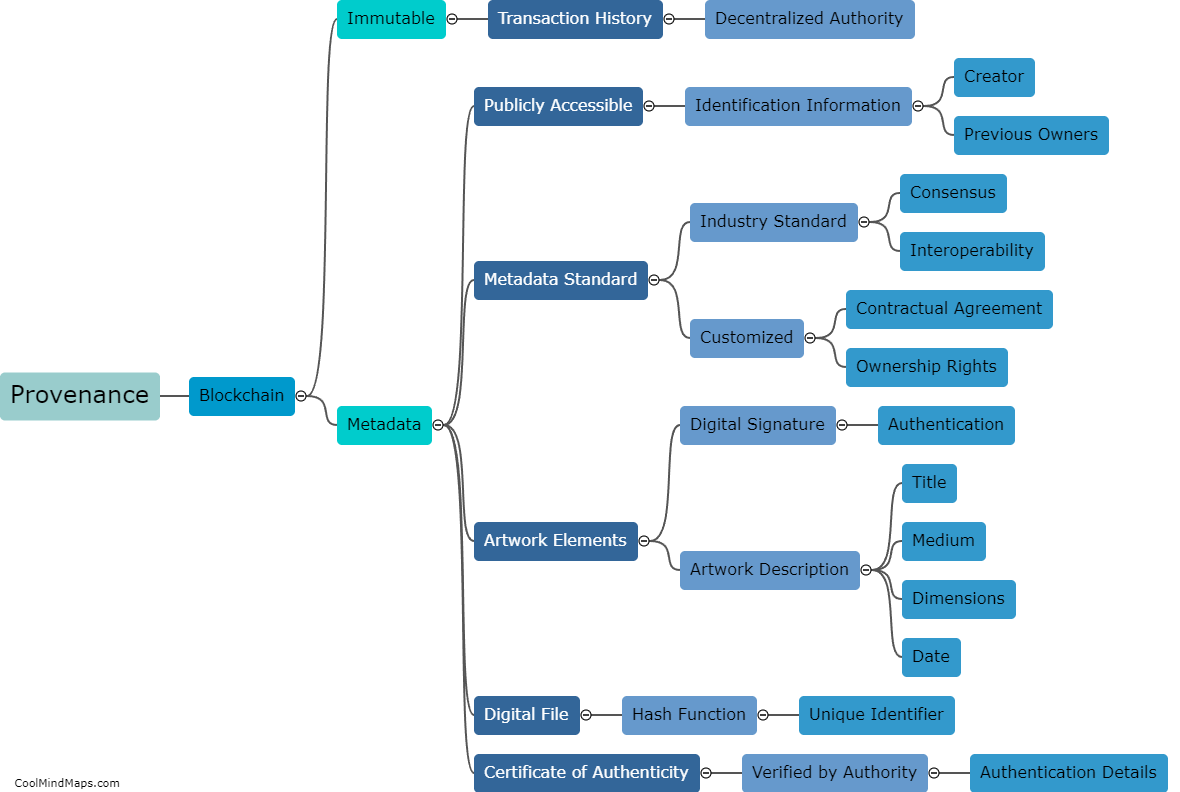
This mind map was published on 15 August 2023 and has been viewed 101 times.

